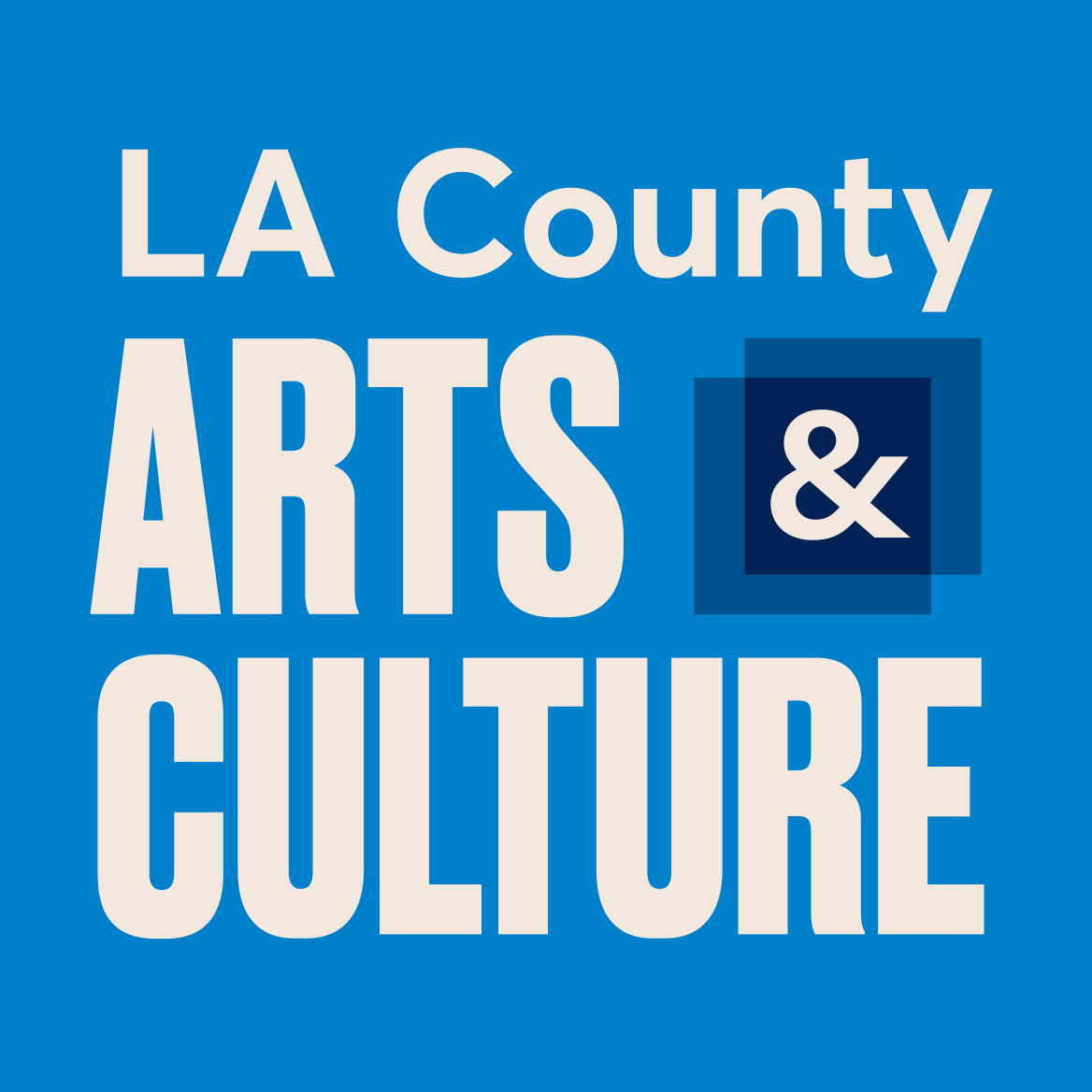In July 2020, the Department of Arts and Culture put out a call for for artists, in collaboration with the Los Angeles City/County Native American Indian Commission, to create a temporary artwork or program in response to the November 2018 removal of the Columbus Statue at Grand Park, downtown Los Angeles. Two projects were selected: a virtual engagement program by the Puvungna Collective and temporary art installation by Mercedes Dorame.
Virtual engagement program by the Puvungna Collective: Memory is in The Present
Memory is in the Present… is a collaboration between Cindi Alvitre, Carly Lake, and Scott Wilson. It reflects the convergence of a Tongva storyteller, an illustrator, and a cultural anthropologist, who have come together to tell the Puvuu’nga creation narrative accurately, and in a way that honors the culture from which it originates. The resulting two projects—a traditional picture book and a virtual reality film—illuminate this story in a way that is transformative and ties people back to this place and this moment.
Background
The Puvungna Collective is comprised of Cindi Alvitre, Carly Lake, and Scott Wilson. In this artistic collaboration Alvitre holds the role of Tongva storyteller, Lake is the visual artist, and Wilson is the cultural anthropologist with a history of developing virtual reality films. On the campus of Cal State University Long Beach, the collaboration began with Alvitre and Lake meeting and creating the picture book Waa’aka’: The Bird Who Fell in Love with the Sun. Written by Alvitre and illustrated by Lake, the book is a retelling of the Tongva story of how the sun got up into the sky. During their work on the book, Alvitre and Lake also teamed up with Wilson to create a virtual reality film sharing another Tongva creation story about the emergence of the world. It tells how Puvungna, the place of the gathering,
came to be of such cultural significance to the Tongva people. Their collective name refers back to Puvungna, the source of inspiration and the site on the campus of CSULB where indigenous community members continue to hold ceremonies.
A Note About Memorials & Public Spaces From the Artists
"As the literal ground for being and moving through the world around us, public spaces and their monuments play an immensely important role in the development of social justice movements. Murals, monuments, and statues immortalize people, events, and moments on the timeline of the community’s narrative. They surround the users of spaces with signifiers about what or who is important and why—with the materiality of the monument’s bronze, concrete, or steel façade lending an air of objectivity. But this is an illusion, and a challenge to those who seek equity and change. It is imperative that those concerned with social justice strip away that veneer of objectivity to challenge, interrogate, and sometimes invert the social relations and structures of power immortalized in public art and monuments. To re-signify public spaces is to conjure new opportunities to imagine something different. Something better. Something more intimately inclusive of the land and all of its people—past, present, and future."
Waa'aka': The Bird Who Fell in Love With The Sun
Waa'aka': The Bird Who Fell in Love With The Sun tells the story of a beautiful bird who falls in love with Tamet, the sun, and tries to follow him up to the sky. Waa'aka' is written by Cindi Alvitre and illustrated by Carly Lake, and is available at Heyday Publishers
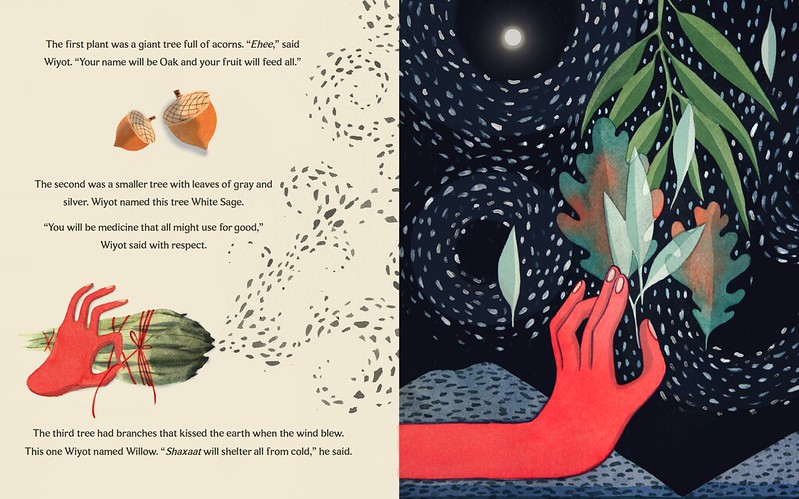
(Above) Excerpts from Waa'aka: the Bird Who fell in Love With The Sun, illustrations by Carly Lake.
Birthplace of the People VR Film
Birthplace of the People: A Tongva Origin Story is a 14-minute 360 virtual reality film which tells the story of Weywot and the creation of the world. The film illustrates the birth of the Tongva people on the site of Puvungna, what is now the California State University, Long Beach campus. Puvungna—which means place of the great gathering
—was the site of the world's creation, but also its first death and funeral. This 360 degree VR experience immerses the viewer in the spiritual place of Los Angeles' original inhabitants—in a mythological space that transcends time. By connecting this physical place to its spiritual past, the film is intended to remind us of histories we may have either forgotten, or may have never known. The film is narrated by Cindi Alvitre, Carly Lake produced the artwork using Tilt Brush technology to paint in the 3D virtual space, and Scott Wilson directed and edited the film.
Note: the embedded video is provided as a sample. However, it will not allow for full VR functionality. To experience Birthplace of the People as it was meant to be experienced, you must view in on the YouTube app or on YouTube itself.
Temporary Art Installation by Mercedes Dorame
Tongva artist Mercedes Dorame created a temporary art installation in Grand Park that was on view November 21, 2020 - January 4, 2021, to coincide with the programming of Memory is in the Present.
Nechoova yakeenax—Dance with me
Taamet’e Pakook—The Sun is Rising
Artist Statement
I am an artist with deep roots in Tovaangar (Los Angeles). I am Tongva, I was born and have lived most of my life in this city. My cultural and personal connection to the land inspires my art practice and social justice work bringing visibility to the Tongva and other Native people who inhabit this city. I constantly explore my experience and interactions in a place my ancestors have always called home. I am interested in pathways and points of access into the land to which I feel deeply connected. As an Indigenous person in my homeland, I have to deal with the contradiction of feelings of belonging, contrasted with feelings of being called a trespasser on somebody else’s private land. These contradictions propel me to fight the institutional erasure we experience and build a more reciprocal relationship to the land and sky.
A Note About Monuments From the Artist
Monuments are often referencing the past—past heroes, past events, however, my intent is to bring visibility to that which has always and continues to inspire us as Indigenous people: the sky, the land, indigenous plant life, celestial bodies and our infinite ability to be connected to these entities and each other. This connection brings opportunity for healing to the community, truth in understanding the Indigenous intrinsic knowing around these entities, and reconciliation for those that participate and experience the installation and exchange of knowledge around Indigeneity.
About the Artwork
Wee Nehiinkem—All my Relatives was an invitation to look up and observe the movement of the sun to remember and to imagine. Working with the Tongva origin story of Taraaxashom or the Pleiades, Dorame created star maps of remembering, reconnection, and envisioning. In pointing to cosmic movement the artist asked the viewer to look up, to observe, find perspective, and reverence. Dorame also invited the viewer to look down, to know that the ground they stand on is Tongva land, and to reawaken this connection to our history to envision a more equitable future.
This installation was on display during the Winter Solstice, a time when ceremony pulls back the sun back into the sky to create longer days. The artist used cast concrete star stones, ochre, cinnamon, salt, shells stones, paint, and red yarn, traditional and contemporary cultural materials to map this story.
The plinth held a canvas with a star map of Taraaxashom (the Pleiades), six Tongva women who when they found out their partners were holding back food from the community, catapulted themselves into the sky to become the stars that created Taraaxashom (the Pleiades). The shade sails reflected a star map of Taurus, embodying the story of a man who brought home food for his partner and loved her so much he also sent himself up into the sky to be near her.
In re-telling Tongva stories and claiming land, the artist hopes to reclaim space and understanding of the original caretakers of Los Angeles, the Tongva people, and to proclaim, we are here, we are vibrant, we are thriving and we will not be silent.

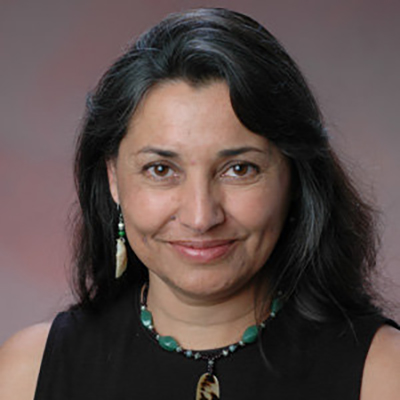
Cindi Alvitre
Cindi Alvitre is a mother and grandmother and has been an educator and artist activist for over three decades. She is a descendant of the original inhabitants of Los Angeles & Orange Counties and served as the first woman chair of the Gabrieleno/Tongva Tribal Council. In 1985, she & Lorene Sisquoc co-founded Mother Earth Clan, a collective of Indian women who created a model for cultural and environmental education, with a particular focus on traditional art. In the late 1980s, she co-founded Ti’at Society sharing in the renewal of their ancient maritime practices of the coastal/island Tongva. Cindi is currently NAGPRA Coordinator & Faculty at CSULB American Indian Studies Program. As a cultural curator, her work extends beyond the physical manifestation of museum exhibition and into ceremonial performitivity, a genre of expression that engages participants into native landscapes as a dimensional refocusing of our cultural lens.
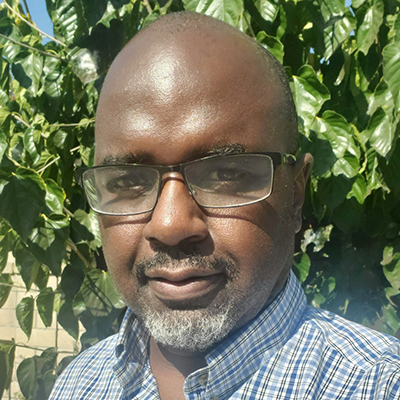
Dr. R. Scott Wilson
Dr. R. Scott Wilson is a cultural anthropologist at California State University at Long Beach. He received his PhD from Stanford University in 1995 and has been at CSULB since 1993. He was elected Chair of the Anthropology Department in 2019. His dissertation research was on race and ethnicity in East Asia—and the impact of these concepts on the ethnic Hakka community of Taipei, Taiwan. At CSULB he has taught courses on identity theory, the history of anthropology and the cultures and customs of China and Taiwan. More recently, Dr. Wilson has been working on the role of new media technologies like augmented reality and virtual reality in the research and presentation of ethnographic data. Alongside students, he produces virtual reality installations and paper-based augmented reality objects (books, magazines and posters) that immerse the viewer in the cultural worlds of a range of people. His two most recent works in virtual reality explore the relationship between burlesque and the performance of gender (The Body of Prix), and illustrates the origin myth of the Tongva people, who are indigenous to the Los Angeles area (Birthplace of the People).
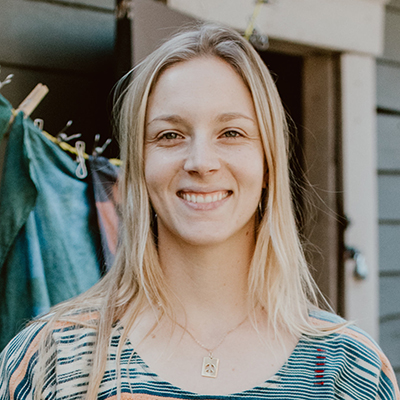
Carly Lake
Carly Lake is a painter, illustrator, and fiber artist working with natural dyes. In her work as an illustrator, she has created images for the chapter book Candice Can Go by Edward Valladao and Waa’aka: The Bird Who Fell in Love With the Sun by Cindi Alvitre. She also works as a storyboard artist and has created editorial illustrations for magazines and print art. Carly self publishes zines and comics exploring environmental and spiritual subjects, as well as surreal narratives. Her most recent work in narrative art has been for the virtual reality film Birthplace of the People. She has been a teaching artist for the past 5 years and currently teaches art to chlidren K-8 at Creative World Art Center. She facilitates public workshops that engage people in the process of drawing as meditation and teaches weaving with a focus on natural dye practices and ethnobotanical topics.
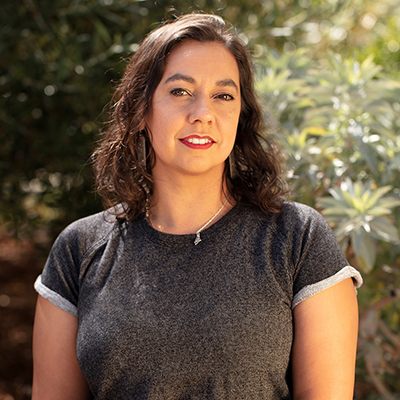
Mercedes Dorame
Mercedes Dorame, born in Los Angeles, California, received her MFA from the San Francisco Art Institute and her undergraduate degree from UCLA. She calls on her Tongva ancestry to engage the problematics of visibility and ideas of cultural construction as an outcome of the need to tie one’s existence to the land. Dorame uses artwork to explore themes of political and social justice. In addition to working as an artist she also acts as a cultural resource consultant on sites where her Tongva ancestors and items are being excavated. This work carries a heavyweight of responsibility and has fueled her artistic exploration and passion for visibility for the tribe.
Dorame recently revived a Creative Capital Award and was honored by UCLA as an outstanding alum of the last 100 years working in Equal Justice as part of the centennial initiative UCLA: Our Stories Our Impact.
She was also part of the Hammer Museum’s biennial Made in LA 2018. Her work is part of the permanent collections of the Hammer Museum, San Francisco Museum of Modern Art, The Triton Museum, The Allen Memorial Art Museum, The de Saisset Museum, The Montblanc Foundation Collection, and The Phoebe A. Hearst Museum. She has shown her work internationally. Her writing has been featured in News From Native California and 580 Split and her artwork has been highlighted by PBS Newshour, Artforum, KCET Artbound, the New York Times, Art in America, Hyperallergic, KQED, Artsy, ARTnews, the Los Angeles Times, the SF Chronicle, among others.
